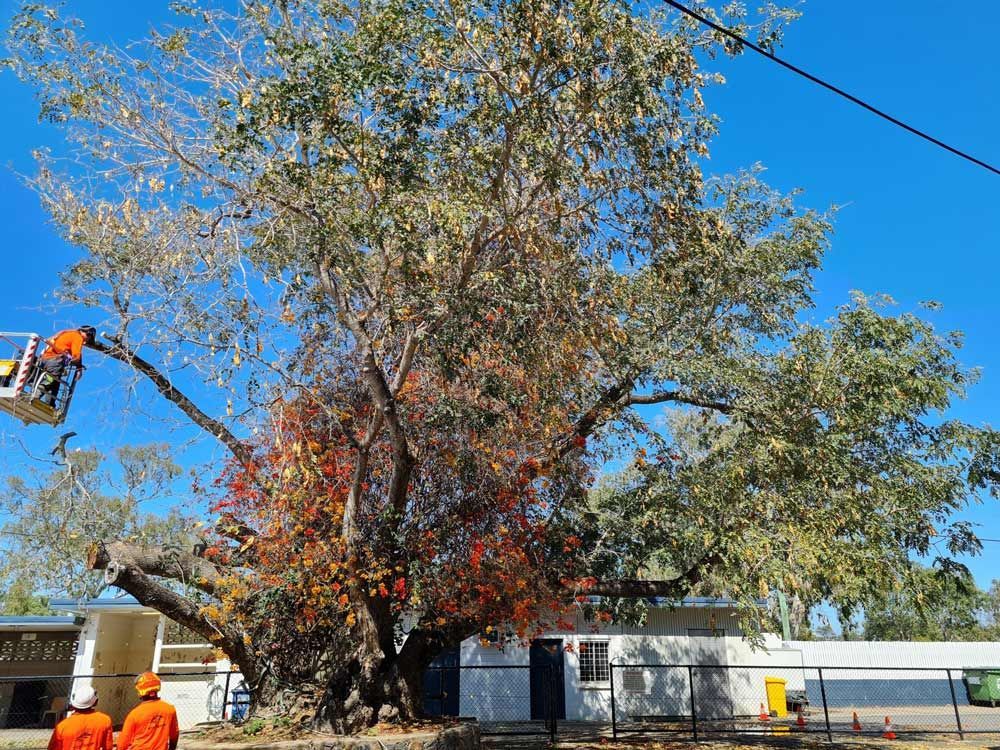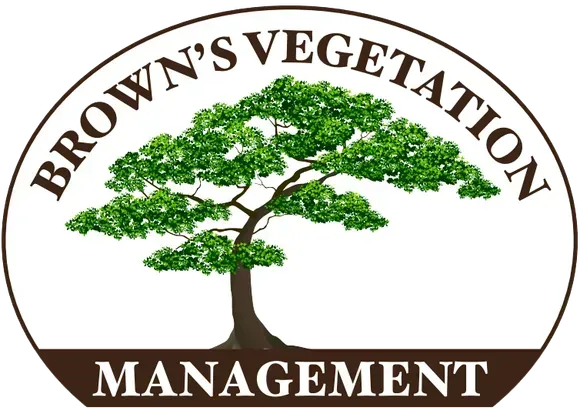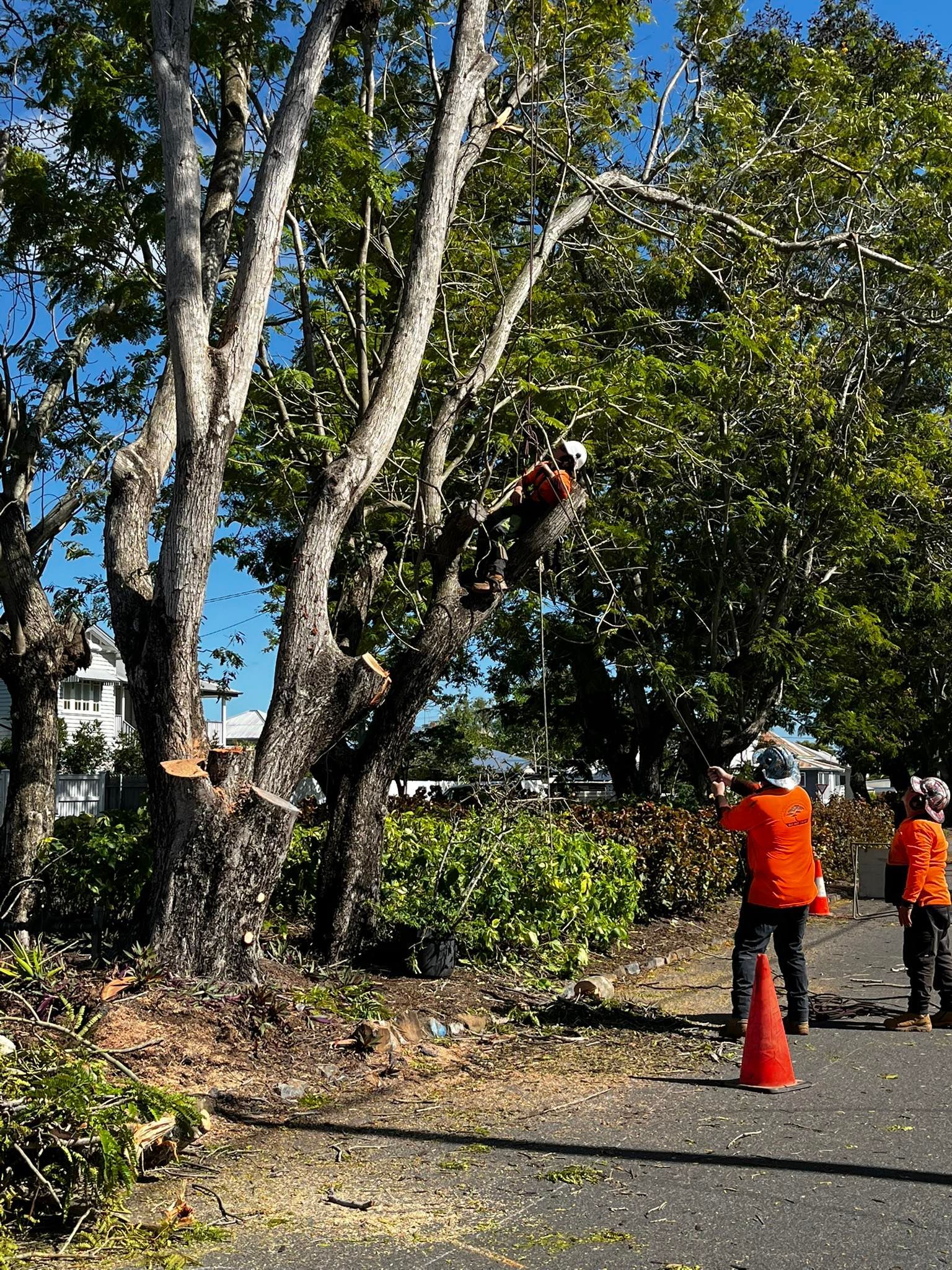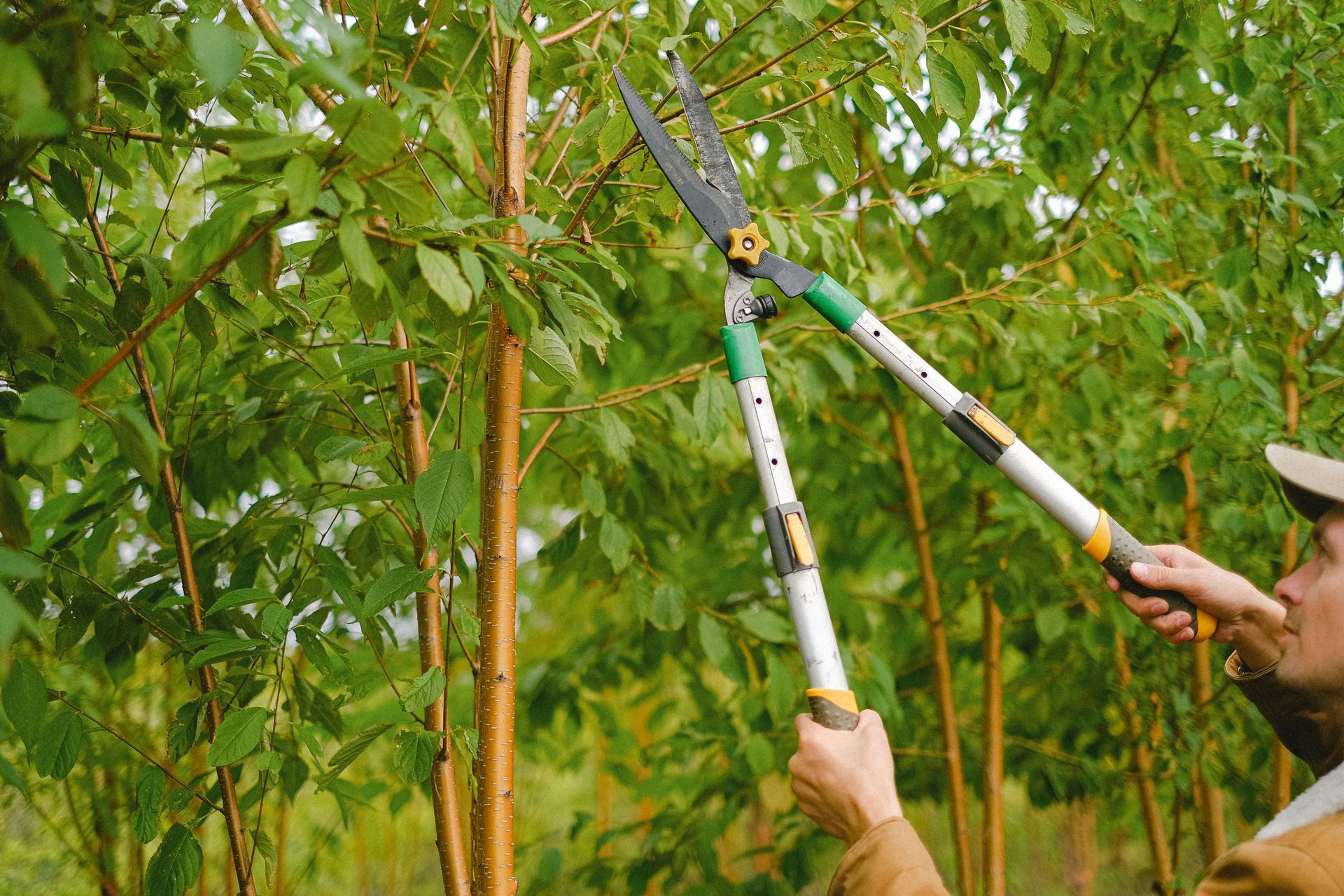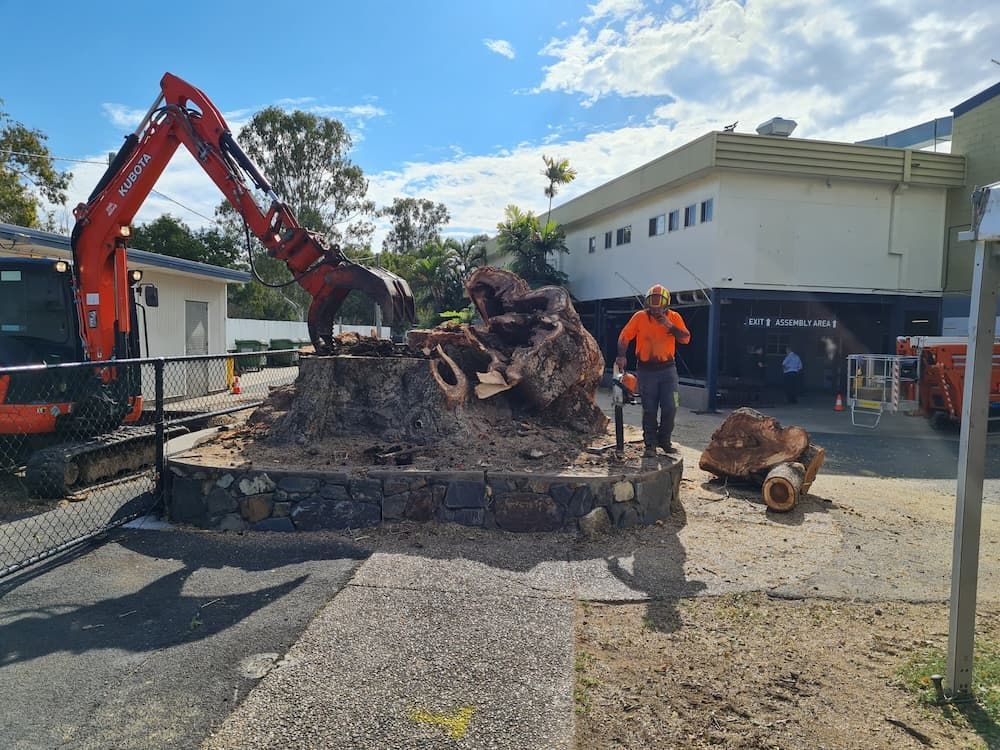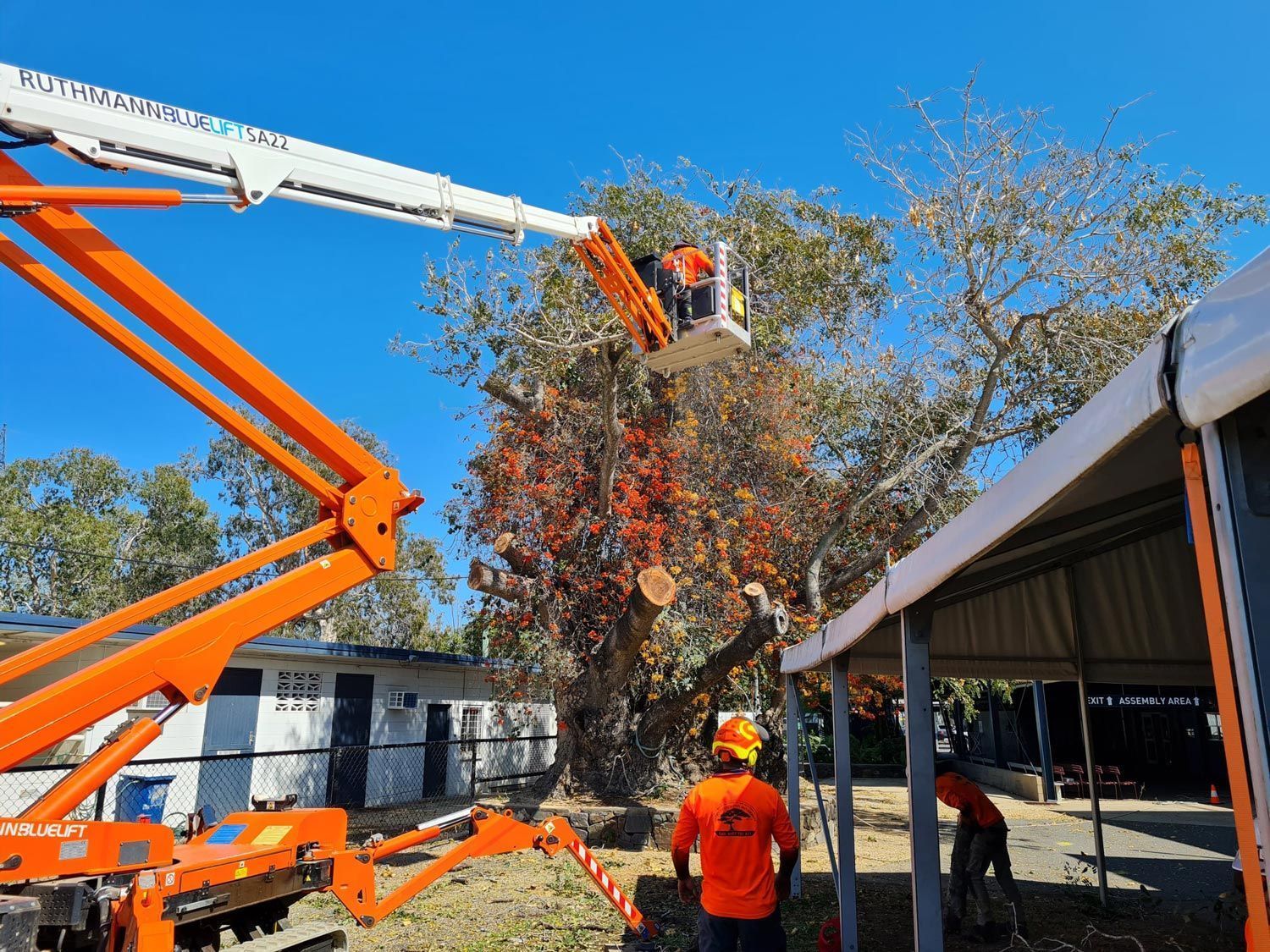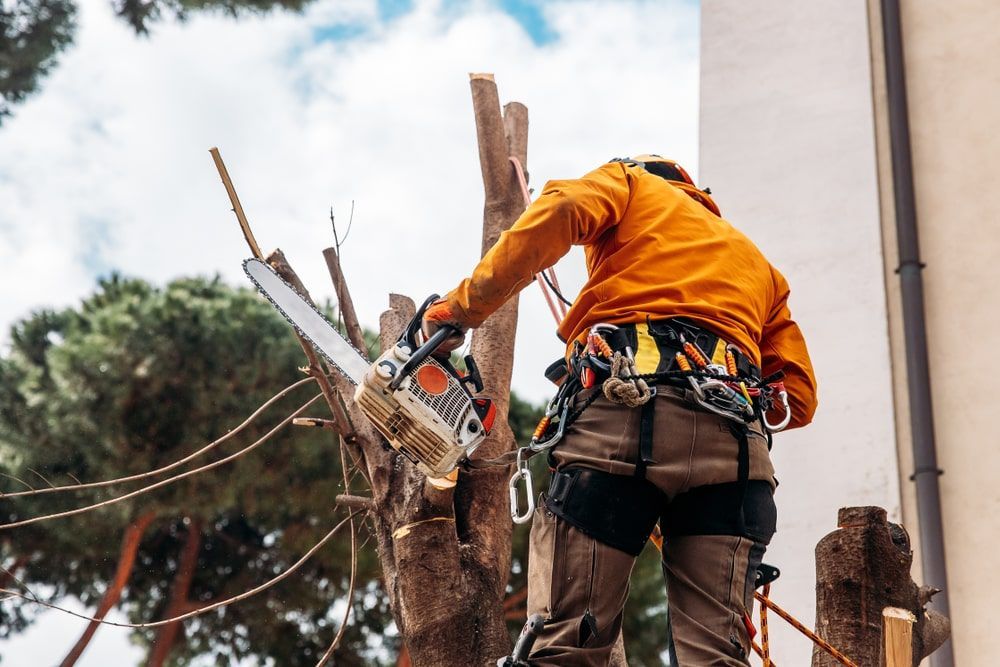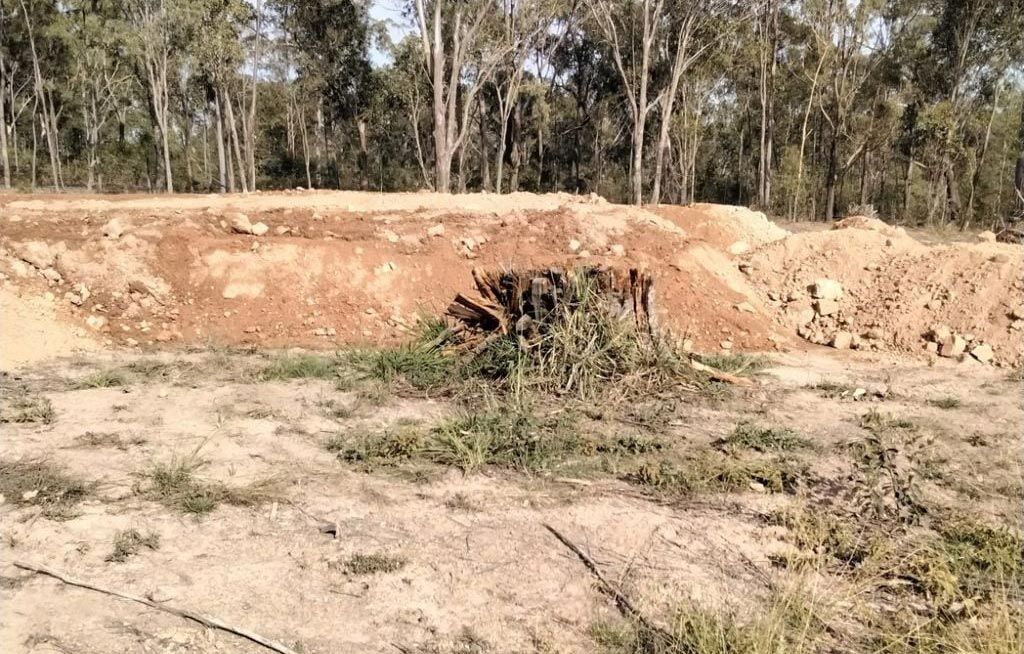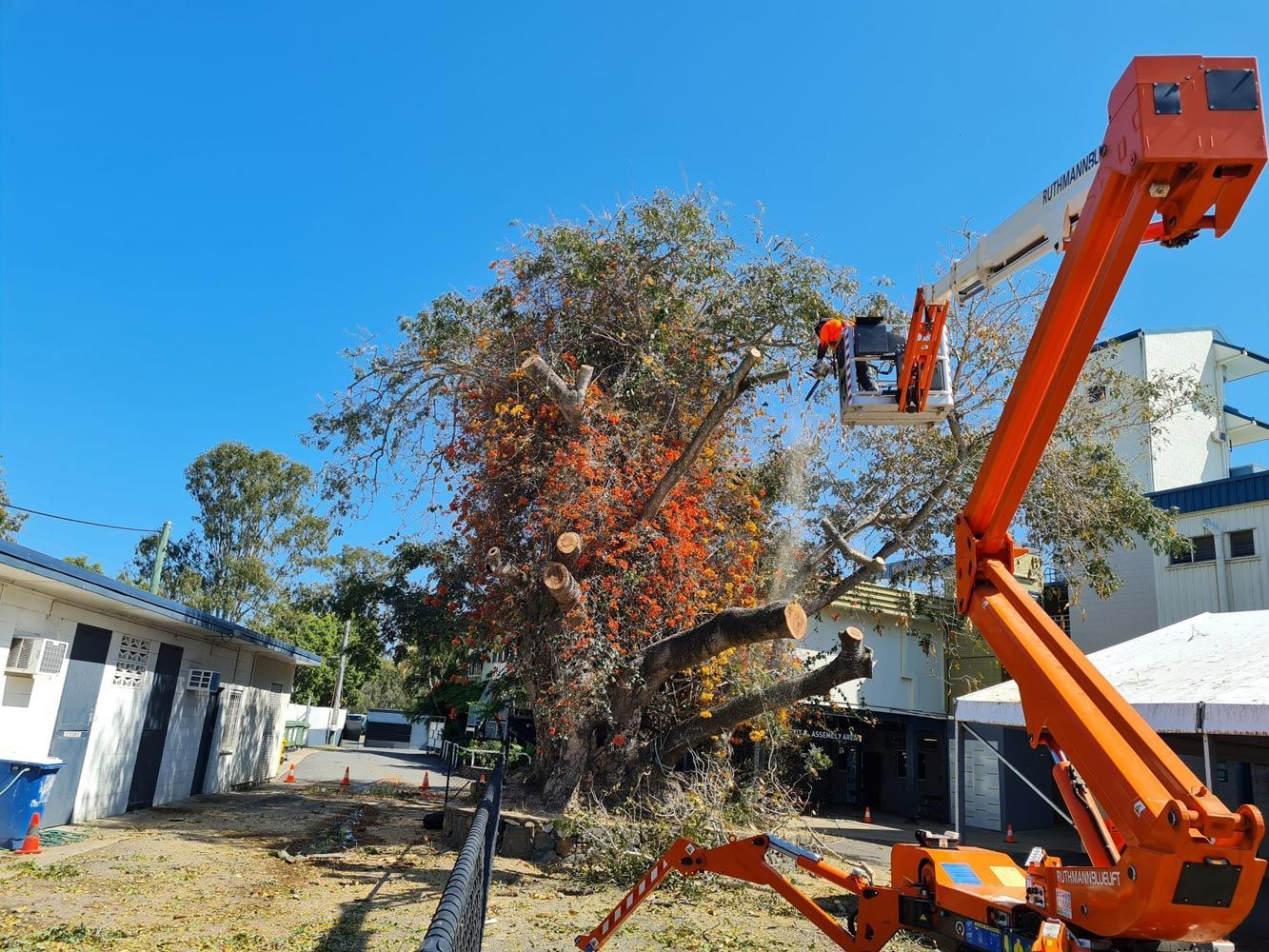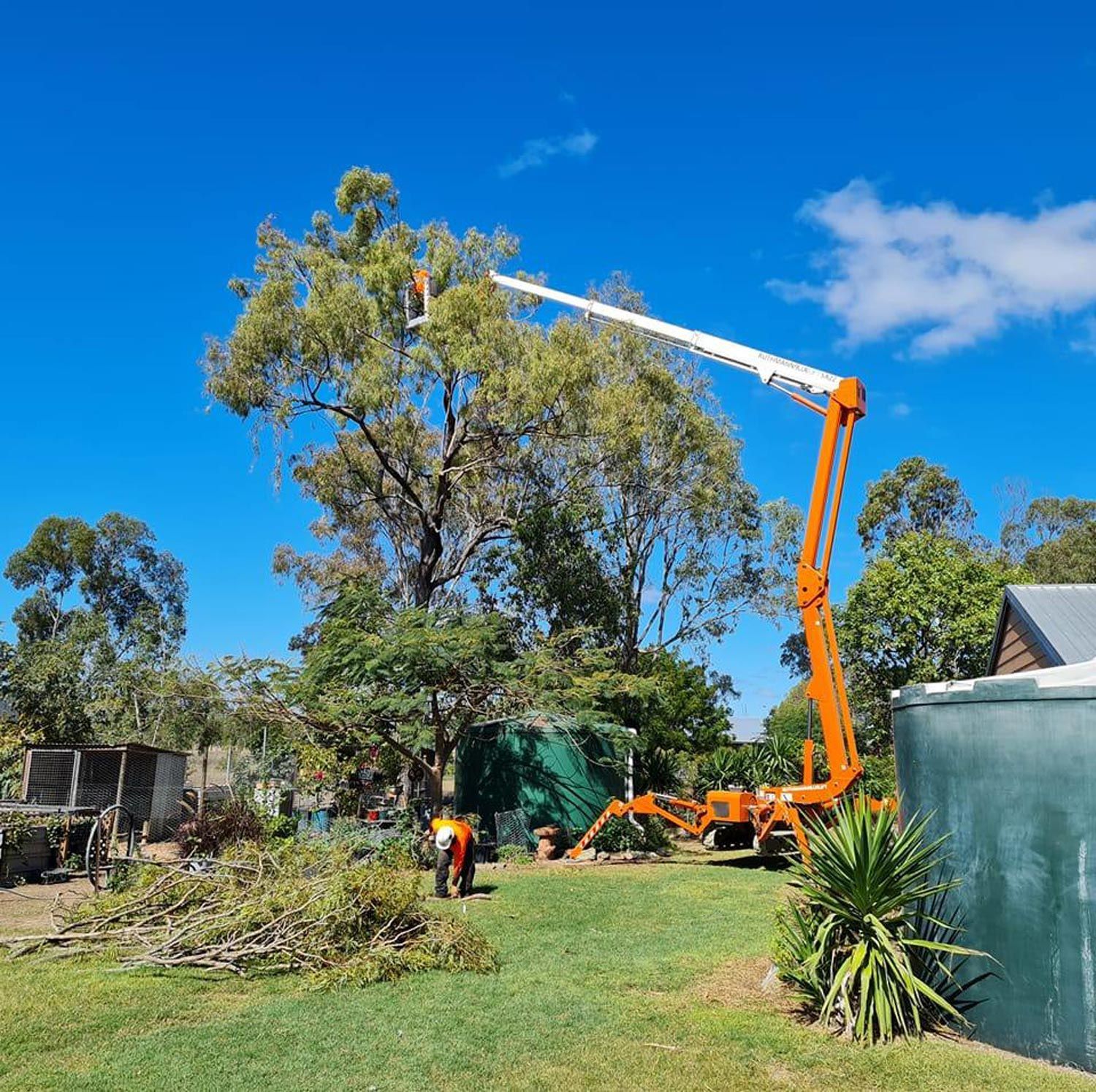Do I Need a Permit to Cut Down a Tree on My Property?
Trees are beautiful, but there may be times when it's necessary to remove them from your property. But you can't just pull out the chainsaw and start cutting. Many trees are protected, and for good reason.
So you need to make sure you have the right permit before you start. In this blog, we're going to explore the ins and outs of tree protection. This guide will help you stay on the right side of the law when removing trees.
When You Need A Permit To Cut Down A Tree
The law regarding tree protection varies from state to state, and local councils are also free to set their own tree protection policies, so it's advisable to contact your local council to see what policies are in place.
You do not need a permit to remove the following types of trees:
The above is not an exhaustive list and applies to Queensland only. If you're in any doubt as to whether a permit is required, give us a call on
07 4934 8443
or complete the form
here.
Any of the following types of trees will require you to obtain a permit from the local council.
Endangered Trees
You will need a permit to remove any endangered or protected tree species. These are trees that are facing extinction or are rare in this part of Australia. That doesn't mean you can’t remove them, but you MUST obtain permission first.
Permits are only given in special circumstances, such as when trees are causing structural damage to your home. Or when the tree is diseased and poses a risk to the public. In most cases, a council representative will need to attend the site to assess the situation.
Examples of endangered trees in Queensland include:
- Cider Gum (Eucalyptus gunnii)
- Burdett Gum (Eucalyptus burdettii ana)
- Silver Mallet (Eucalyptus recta)
- Mukinbudin Mallee (Eucalyptus brevipes)
Trees Planted As Part Of A Federal Revegetation Program
- Fallen trees
- Dead or dying trees
- Live trees that are inside your homes fire protection zone
- Live trees that are growing within 3m of your home
- Trees that are damaged and at risk of falling
- Any tree species that are not indigenous to the Queensland area
- Any palm trees
The
Community Sustainability Action Grant is designed to help preserve Queensland's natural environment. Any tree planted as part of this or any other federal grant is protected and can't be removed without permission.
You can find out if any trees on your property are covered by a federal revegetation program by visiting your local forestry office. Alternatively,
get in touch with us and we’ll make enquiries for you.
Trees Planted On Boundary Lines
Any tree that falls on a boundary line should be carefully assessed before removal. The tree canopy may be encroaching on your property, but if the trunk is located outside your boundary line, it doesn't belong to you.
Native Naturally Growing Trees
Many local councils have vegetation management programs and laws in place to protect native trees and vegetation. You should make sure any trees growing on your land are not protected under one of these schemes before removal.
Old Or Historically Significant Trees
Historically significant trees are protected by local laws and cannot be removed without a permit. This type of tree can usually only be removed if it poses a risk to the public or is damaging nearby properties.
Find Out If You Need A Permit To Remove A Tree In Your Garden
Do you have a tree growing on your land and are unsure if you need a permit to remove it?
Get in touch with us today for help. Our expert arboriculturist will examine your tree to establish its protected status.
We can also make enquiries for you to see if it falls under any federal revegetation program. Get in touch by calling
07 4934 8443 or complete the contact form
here.
